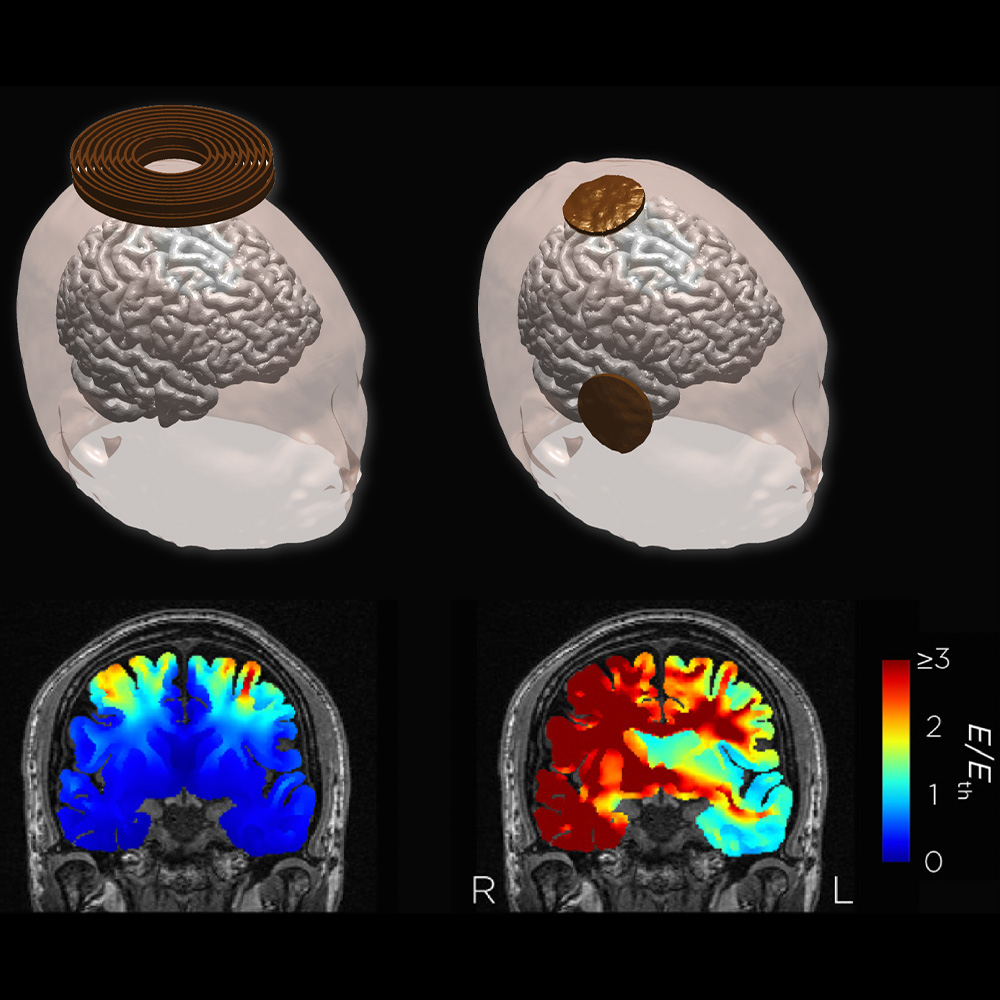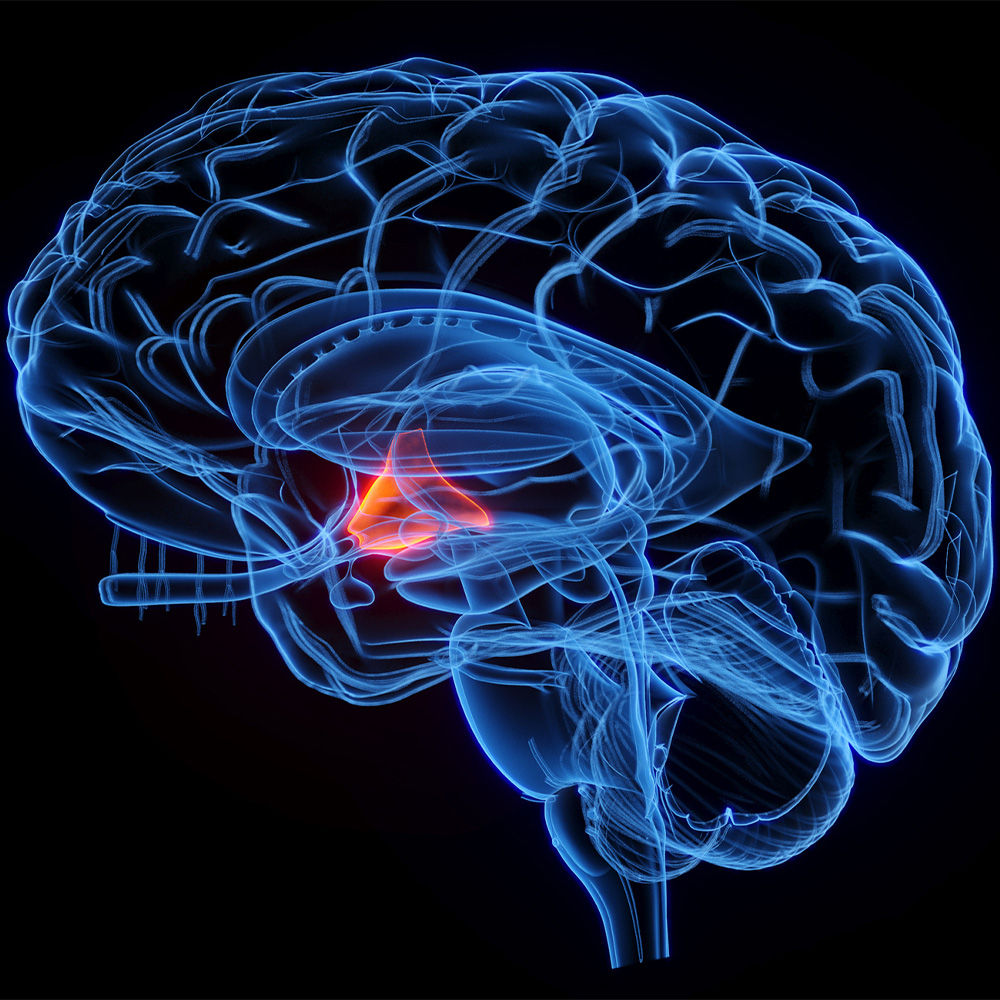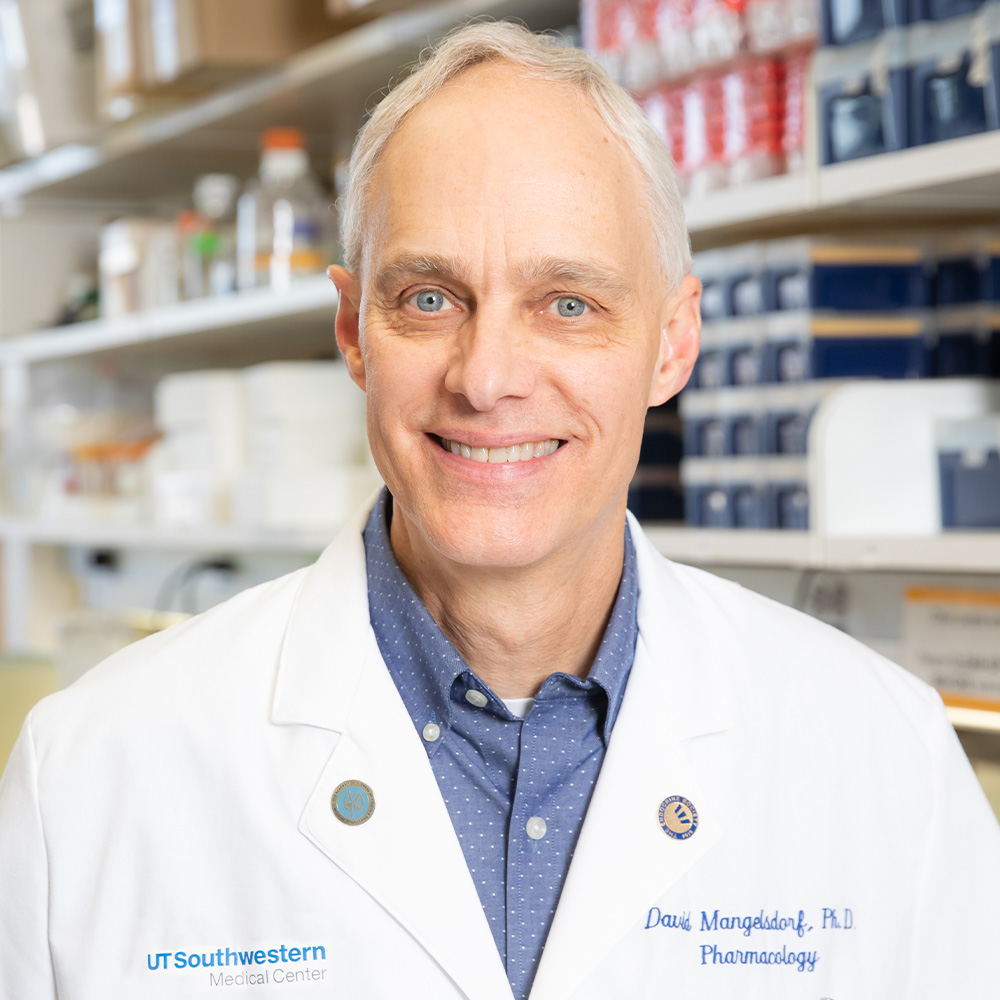Holiday decorations: Something to sneeze at
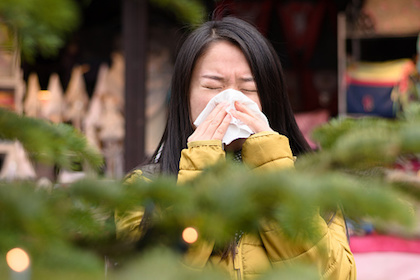
DALLAS – Dec. 7, 2018 – As you pull out the holiday decorations from storage or drag trees into your home this season, UT Southwestern Medical Center specialists have some tips for lowering allergy risks.
“Carrying items down from or up to dusty attics or pulling them from garages and storage areas can stir up dust and molds,” says Dr. Jeffrey Chambliss, an allergy specialist on the UTSW faculty. “This can trigger allergy or asthma symptoms in sensitized individuals.”
When selecting decorations, try avoiding fabric, which traps more dust than plastic, metal, and glass items. If you do have fabric decorations, consider washing them before putting them up.
If decorations appear dusty, take them outside and wipe them down before putting them up in your home. This can be particularly helpful with artificial trees, which can accumulate dust and mold in the branches.
Also, about one in every 10 people is allergic to mountain cedar pollen, and these trees release their pollen near the time you’d be bringing them indoors to decorate. Fortunately, this is only a risk for those who go out into the wild and cut their own trees. The Scotch pines and Douglas firs available at most Christmas tree lots or cut-it-yourself tree farms don’t pollinate during the winter.
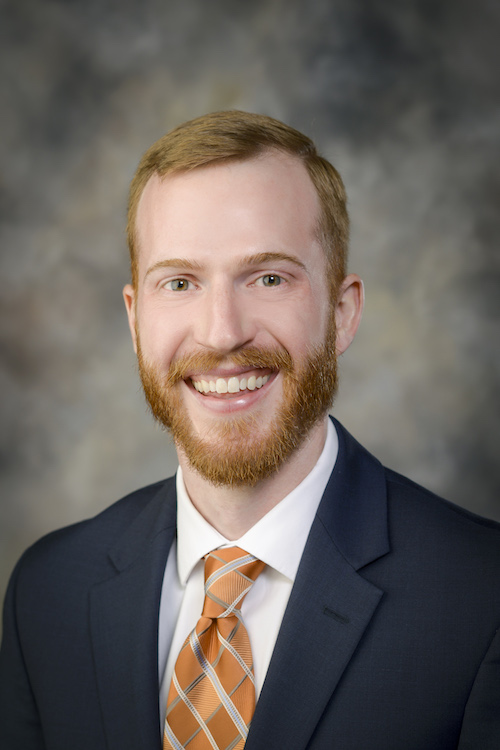
If dealing with a food allergy, be sure to ask about ingredients in each dish at parties or gatherings. If you aren’t sure about the food being served, you can always eat before or bring your own refreshments.
“Plan ahead but even with preparation sometimes reactions occur,” says Dr. Chambliss, “so be sure to have your epinephrine auto-injector available just in case.”
Other things that may exacerbate symptoms in people with asthma and allergies during the holiday season include scented candles, wood stored for fireplaces, and even the smoke from fires. If traveling during the holidays, consider taking your own pillow with a dust-mite-proof encasement.
About UT Southwestern Medical Center
UT Southwestern, one of the premier academic medical centers in the nation, integrates pioneering biomedical research with exceptional clinical care and education. The institution’s faculty has received six Nobel Prizes, and includes 22 members of the National Academy of Sciences, 17 members of the National Academy of Medicine, and 15 Howard Hughes Medical Institute Investigators. The faculty of more than 2,700 is responsible for groundbreaking medical advances and is committed to translating science-driven research quickly to new clinical treatments. UT Southwestern physicians provide care in about 80 specialties to more than 105,000 hospitalized patients, nearly 370,000 emergency room cases, and oversee approximately 2.4 million outpatient visits a year.

